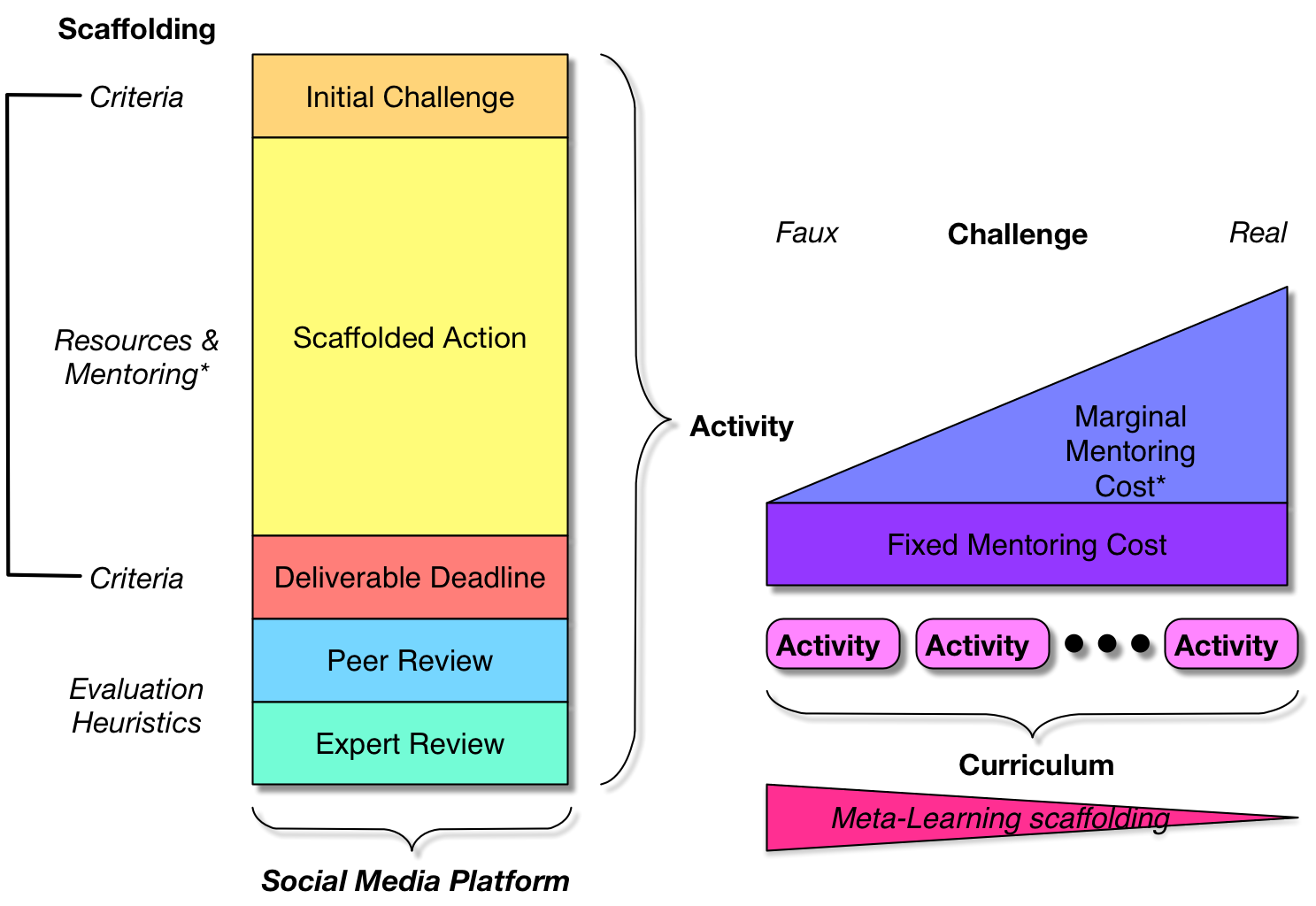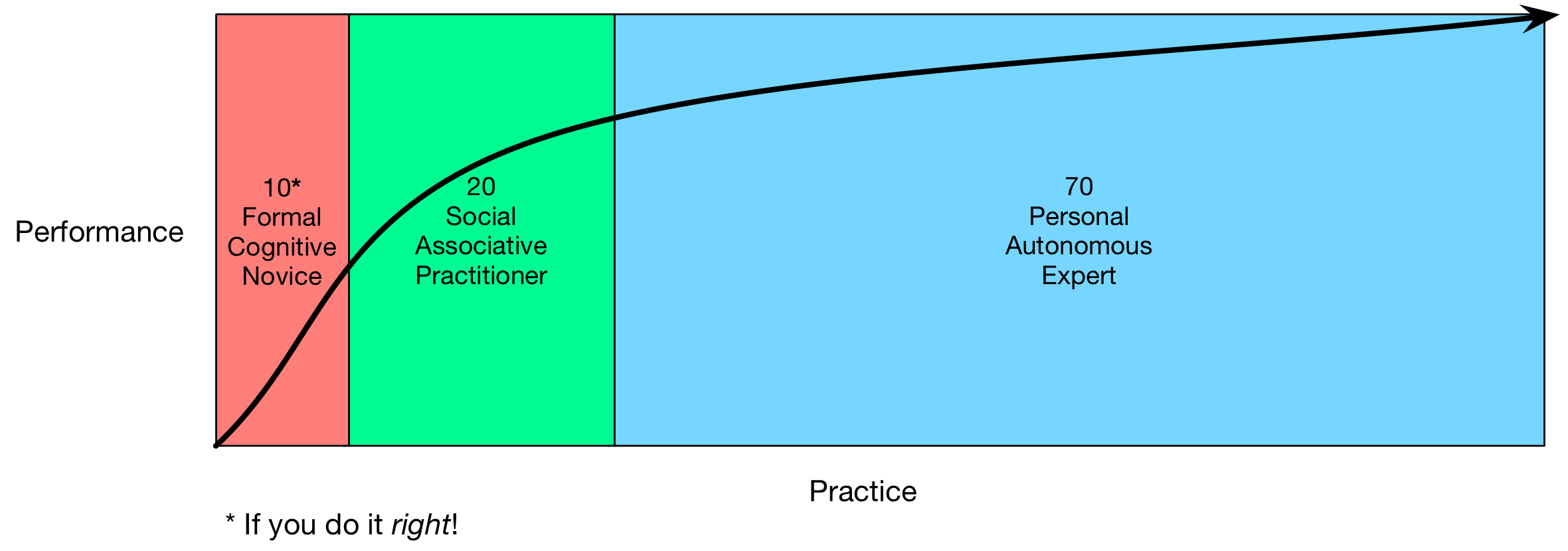Why should one work out loud (aka Show Your Work)? Certainly, there are risks involved. You could be wrong. You could have to share a mistake. Others might steal your ideas. So why would anyone want to be Working Out Loud? Because the risks are trumped by the benefits.
Working out loud is all about being transparent about what you’re doing. The benefits of these are multiple. First, others know what you’re doing, and can help. They can provide pointers to useful information, they can provide tips about what worked, and didn’t, for them, and they’re better prepared for what will be forthcoming.
Those risks? If you’re wrong, you can find out before it’s too late. If you share a mistake, others don’t have to make the same one. If you put your ideas out there, they’re on record if someone tries to steal them. And if someone else uses your good work, it’s to the general benefit.
Now, there are times when this can be bad. If you’re in a Miranda organization, where anything you say can be held against you, it may not be safe to share. If your employer will take what you know and then let you go (without realizing, of course, there’s more there), it’s not safe. Not all organizations are ready for sharing you work.
Organizations, however, should be interested in creating an environment where working out loud is safe. When folks share their work, the organization benefits. People know what others are working on. They can help one another. The organization learns faster. Make it safe to share mistakes, not for the sake of the mistake, but for the lesson learned; so no one else has to make the same mistake!
It’s not quite enough to just show your work, however, you really want to ‘narrate’ your work. So working out loud is not just about what you’re doing, but also explaining why. Letting others see why you’re doing what you’re doing helps them either improve your thinking or learn from it. So not just your work output improves, but your continuing ability to work gets better too!
You can blog your thoughts, microblog what you’re looking at, make your interim representations available as collaborative documents, there are many ways to make your work transparent. This blog, Learnlets, is just for that purpose of thinking out loud: so I can get feedback and input or others can benefit. Yeah, there are risks (I have seen my blog purloined without attribution), but the benefits outweigh the risks. That’s as an independent, but imagine if an organization made it safe to share; the whole organization learns faster. And that’s the key to the continual innovation that will be the only sustainable differentiator.
Organizations that work together effectively are organizations that will thrive. So there are personal benefits and organizational benefits. And I personally think this is a role for L&D (this is part of the goal of the Revolution). So, work out loud about your efforts to work out loud!
#itashare

 This, to me, maps more closely to 70:20:10, because you can see the formal (10) playing a role to kick off the semantic part of the learning, then coaching and mentoring (the 20) support the integration or association of the skills, and then the 70 (practice, reflection, and
This, to me, maps more closely to 70:20:10, because you can see the formal (10) playing a role to kick off the semantic part of the learning, then coaching and mentoring (the 20) support the integration or association of the skills, and then the 70 (practice, reflection, and